The beginning of March probably isn’t the best time to visit Hamamatsu Flower Park. A little later in the year you could witness an abundance of cherry blossom trees in full bloom and vibrant beds of tulips. These would later give way to hydrangeas, roses, irises, azaleas, chrysanthemums and long hanging threads of purple wisteria. Even November and December bring brightness to the park with illuminations. At the beginning of March the main colours in the 30,000 square metre park come in the form of yellow rapeseed flowers, and the pinks white and purples of the plum blossoms. It is nevertheless still lovely.
The plum blossoms were in full bloom and prettier than those I had seen last week at Yugawara Bairin (see last post) and the gardens made for a pleasant wander. I ambled past ponds and over arched bridges, along pansy-lined paths and by a large pool with fountains giving regular spouting displays. Elsewhere topiary in the shape of a large bear and deer, a butterfly and a hornet caught the eye, and if you fancy a bit of warmth you can pop into the warmth of the ‘Crystal Palace’ greenhouse.
Inside the greenhouse you are treated to a humid Balinese garden, all reds and purples with huge green leaves and vines, and a Mexican garden filled, as you would expect, with cacti.
Back outside you can take a sort of toy train around the park, where the guide will explain various plants along the way, or ride a ferris wheel in the ‘Children’s Plaza’. I did neither of these, content as I was to wander the grounds and sit by the pond admiring a large cormorant which came for a rest.
The parks boast some 3,000 species of plants and although I saw nowhere near that number on this visit I would still recommend coming here if you are in the mood for a bit of stroll and some mindful relaxation. It’s ¥600 to enter, a little more if you want access to the adjacent zoo which is home to the largest collection of primates in Japan.
I wasn’t in the mood to see more caged animals (see Nihondaira Zoo post) and instead got back in the car and drove for 10 minutes to Bentenjima a small island where Lake Hamana meets The Pacific.
Basically, what people come here to see is the red torii gate which can appear to float on the water. It’s not that floating torii, the one that graces countless tourist brochures. No that is the one at Miyajima in Hiroshima prefecture. This one is a sort of slightly less attractive cousin.
The torii is 18 metres high and stands facing the beach at Bentenjima, with a highway backdrop. In the summer, people come here to swim but it is not a particularly attractive beach. They also spend hours collecting small asari clams which can be dug up in the sand. I came to do that once upon the invitation of friends and we did indeed collect a hefty amount, which was surprising considering the number of people doing the same. My friend told me he had heard that at night machines were brought out to fire clams all over the beach and replenish the stock, but I have no idea if there is any truth in that. A couple of people seemed to be digging in the sand even on this windy day but they didn’t appear to be having much luck.
In winter, particularly in December and January, the photographers come, for this torii’s claim to fame is that the setting sun in the winter months shines brightly between its legs creating a beautiful, very Japanese image. Men, and it does seem to be mostly men, arrive nightly to try and get the best shots, while others simply come down with a nice drink and enjoy the scene. I was too early to hope for such a viewing and instead settled for a simple daytime depiction and a signboard showing what I was missing.
Current tally: 81 / 2,338
Prefectures: 8 / 47




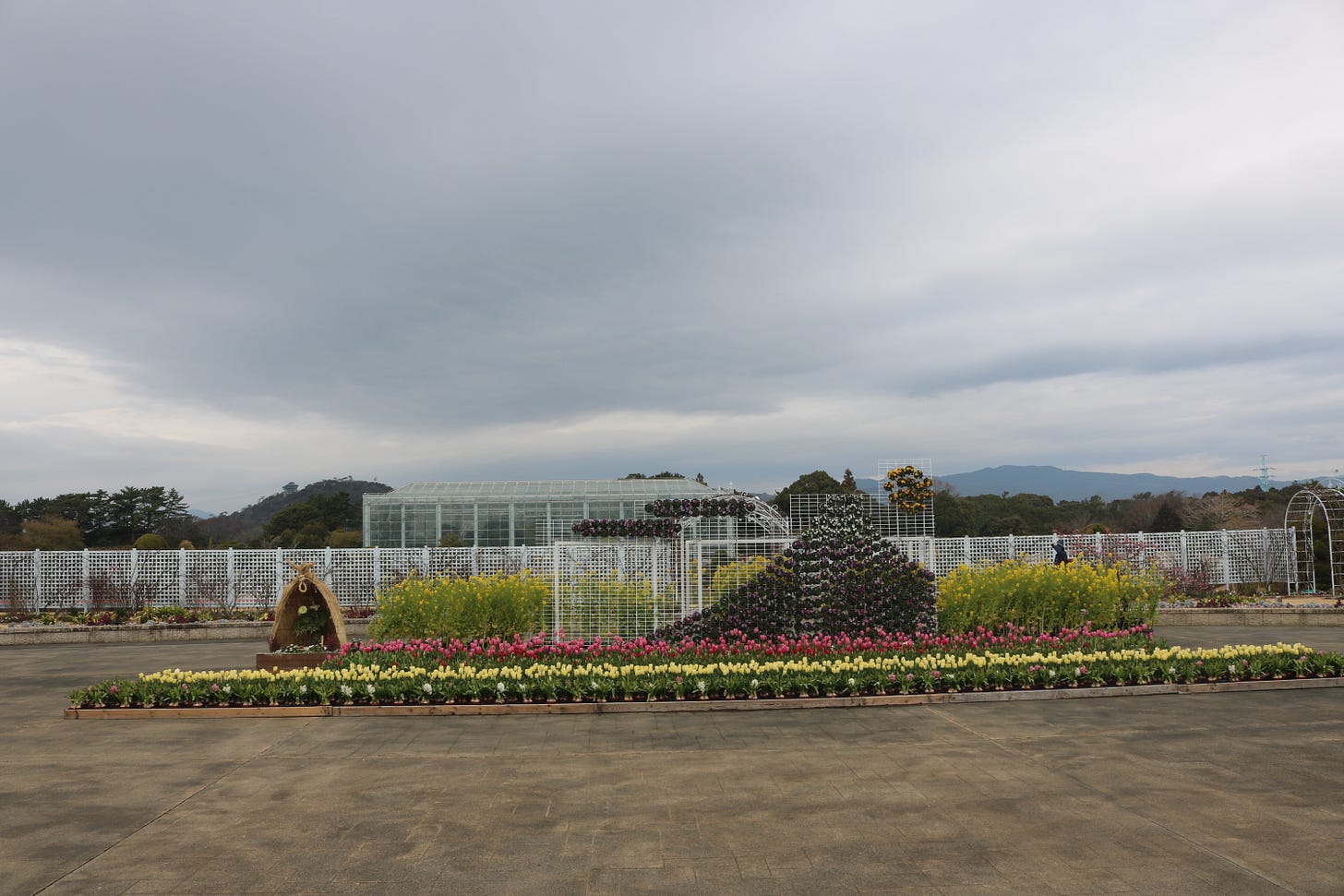

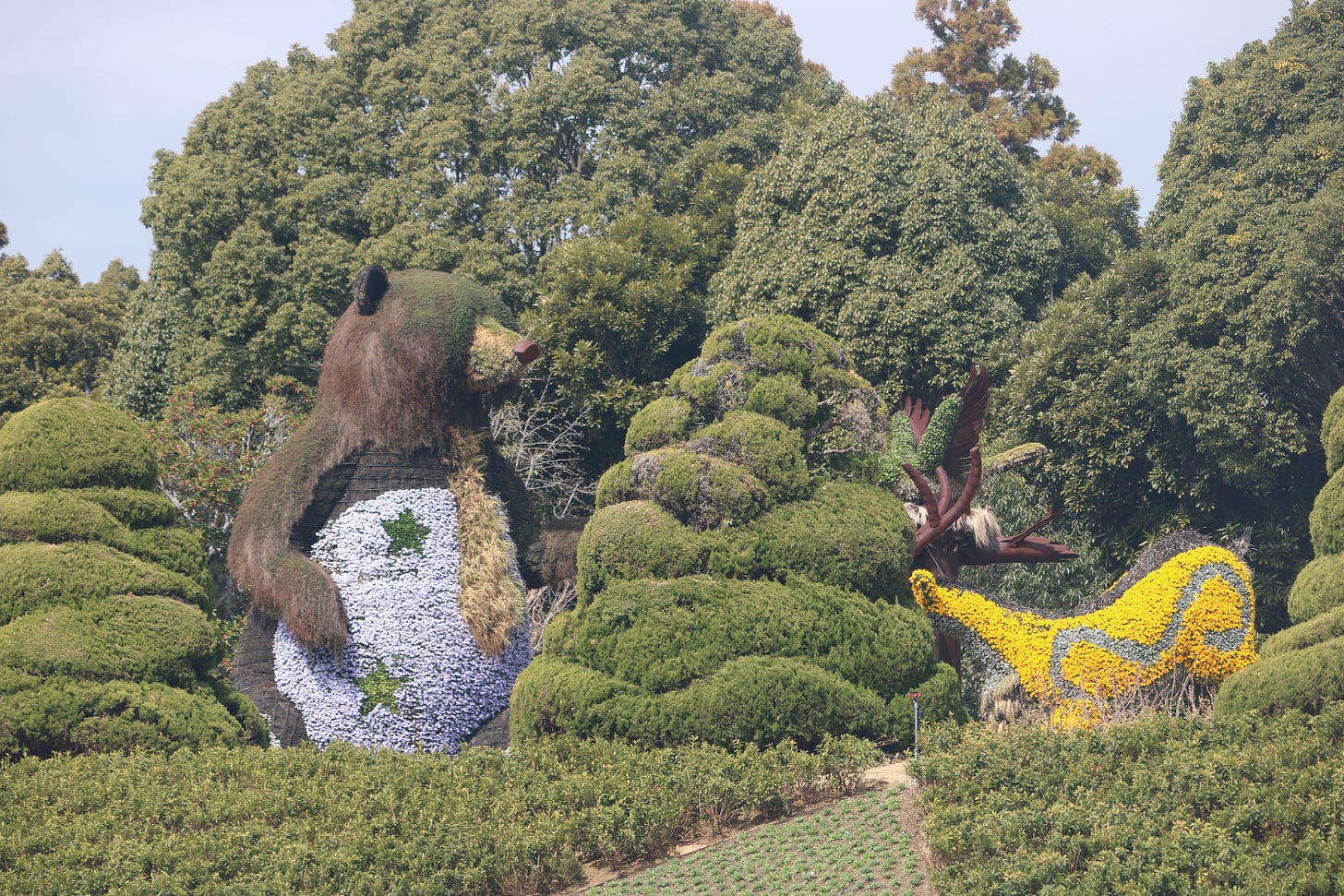

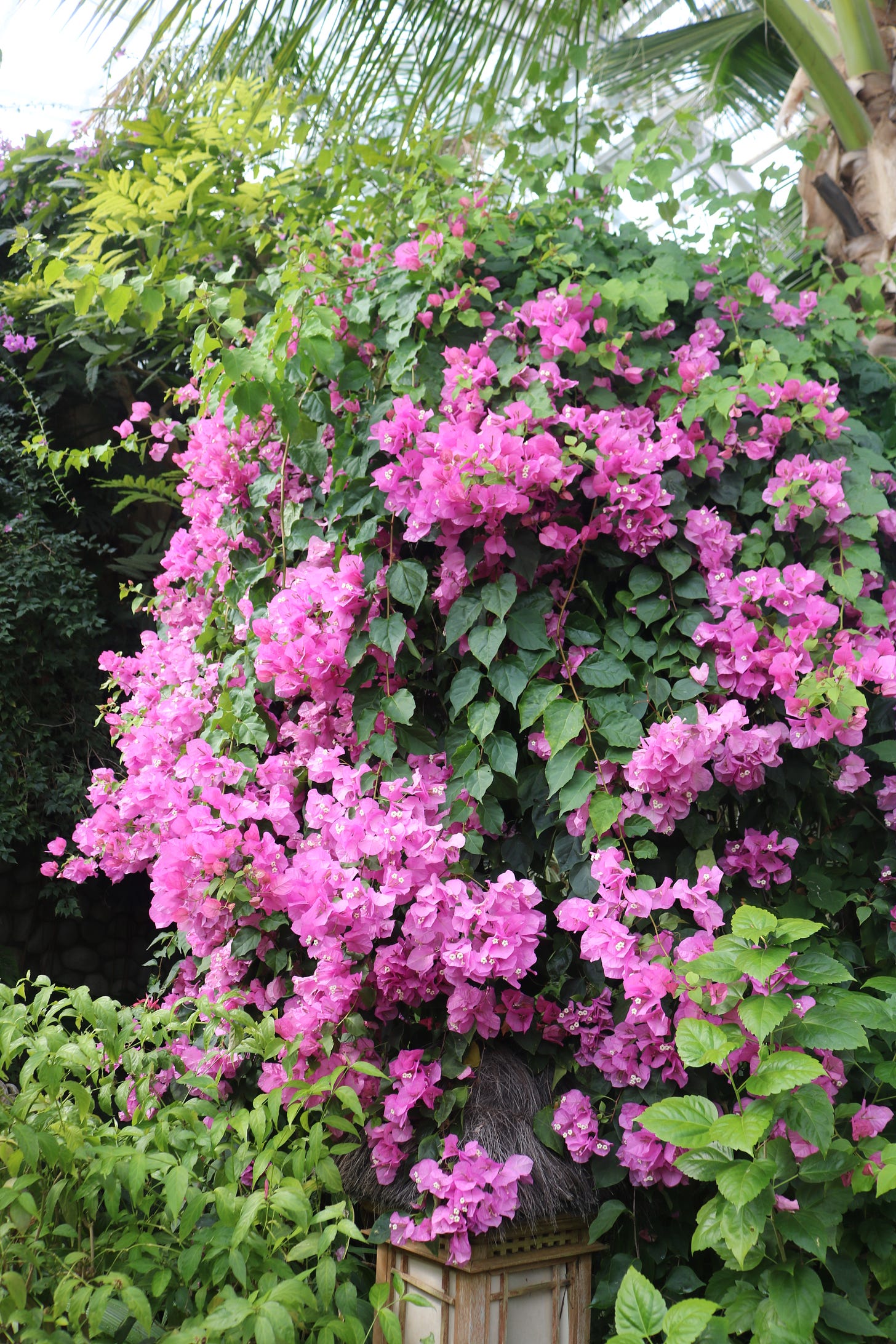
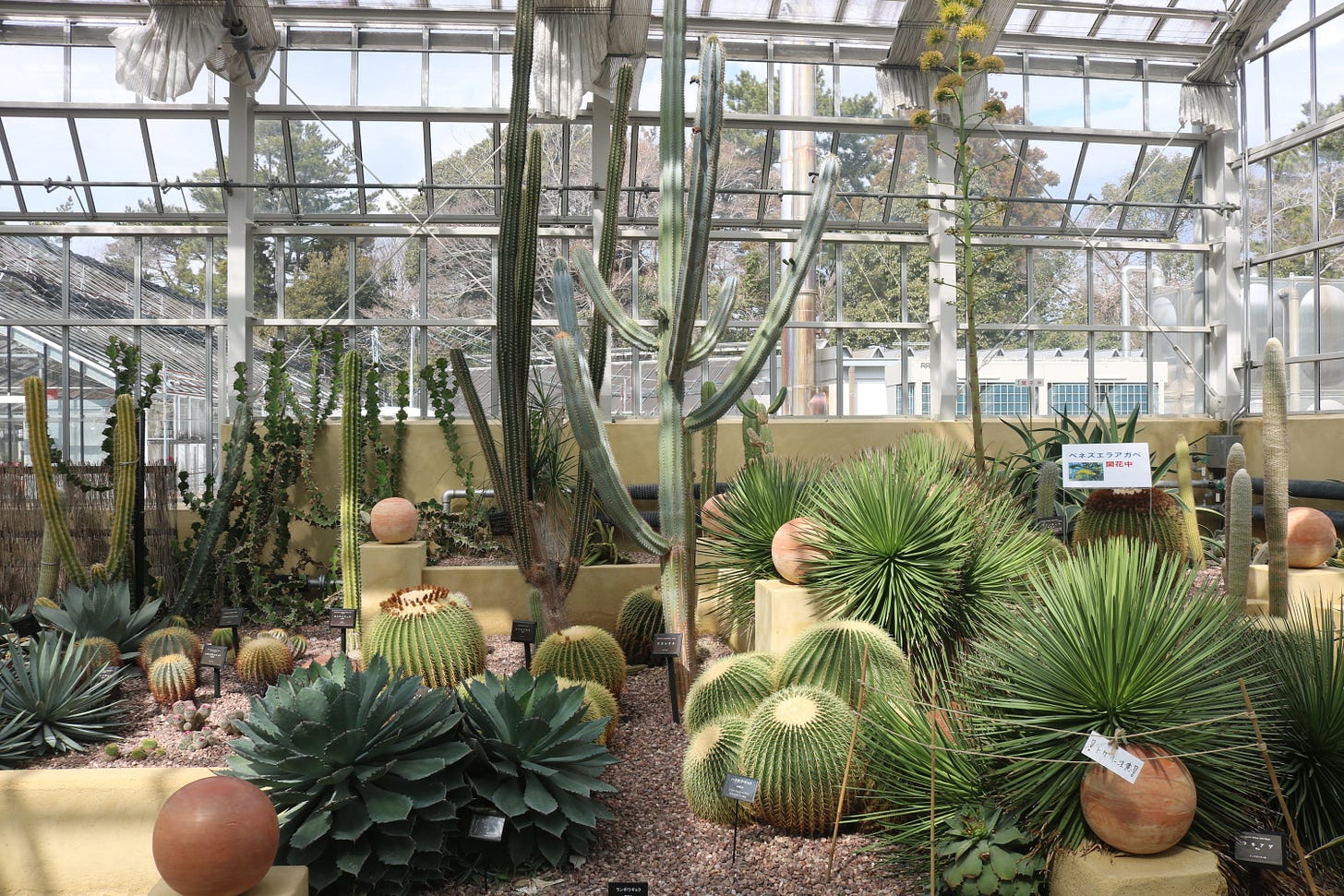



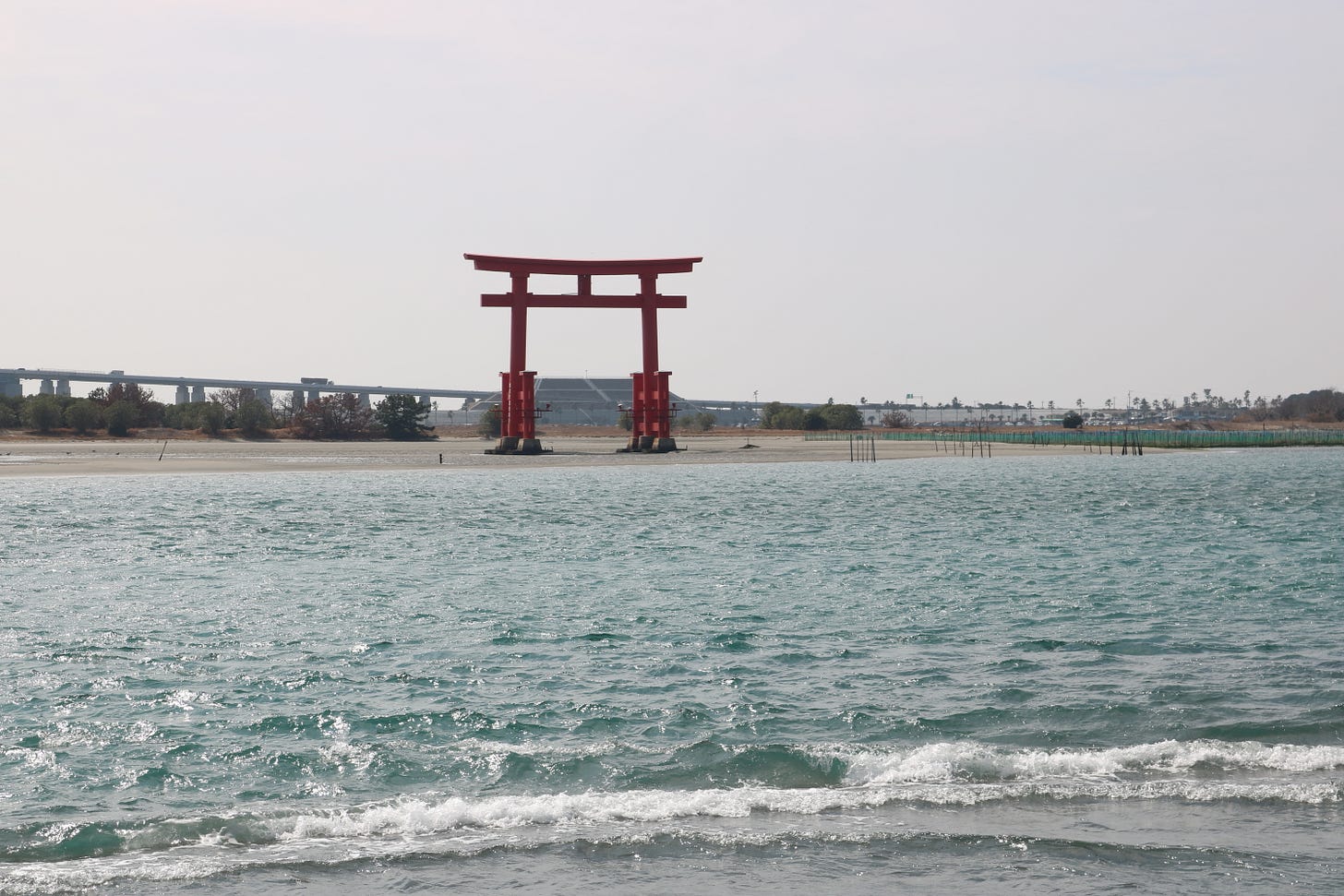
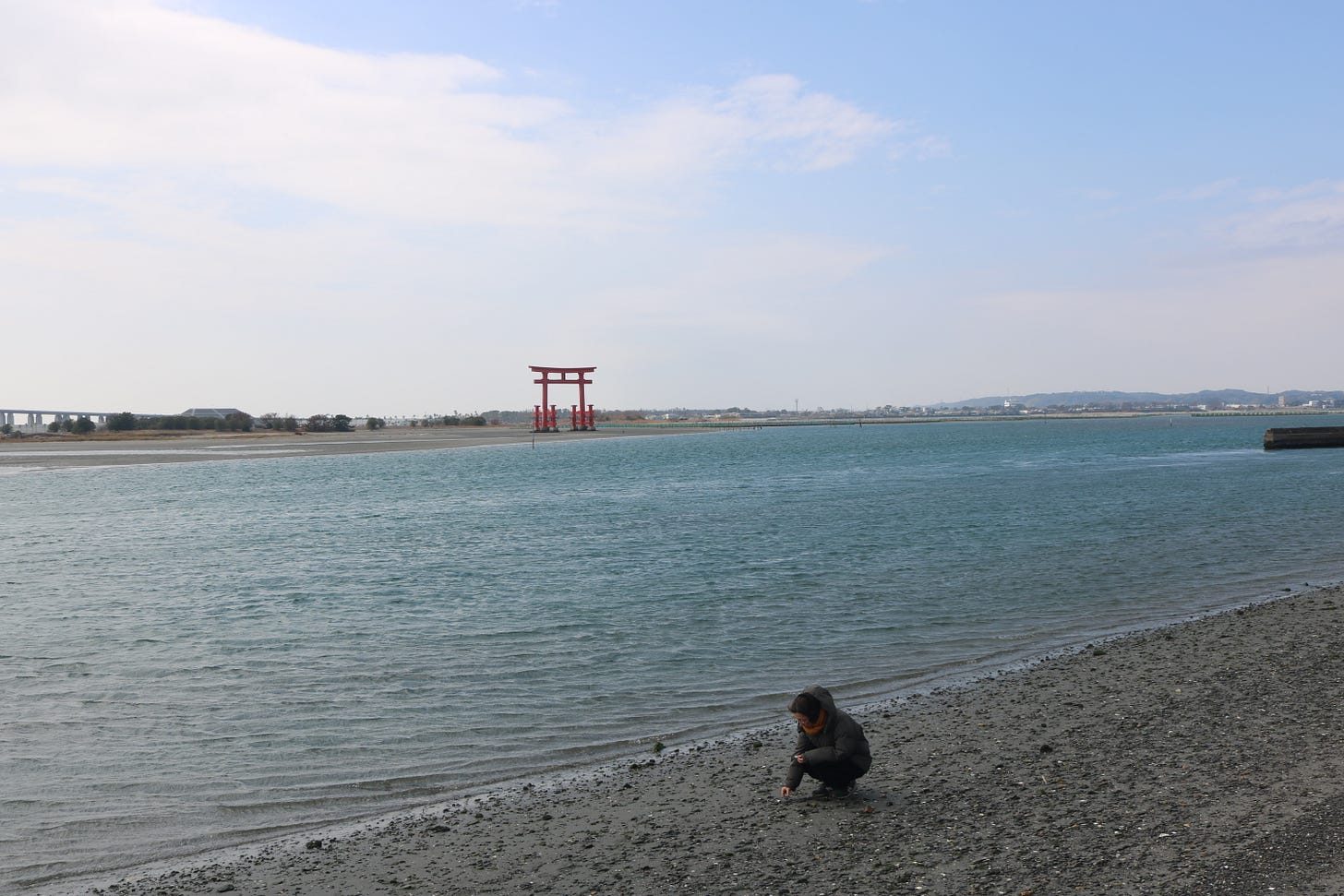

Hamamatsu was a wonderful visit (I'd seen it in the spring for a day with my family) and the flower park was breathtaking (in the end, we ended up staying there for the entire day!)